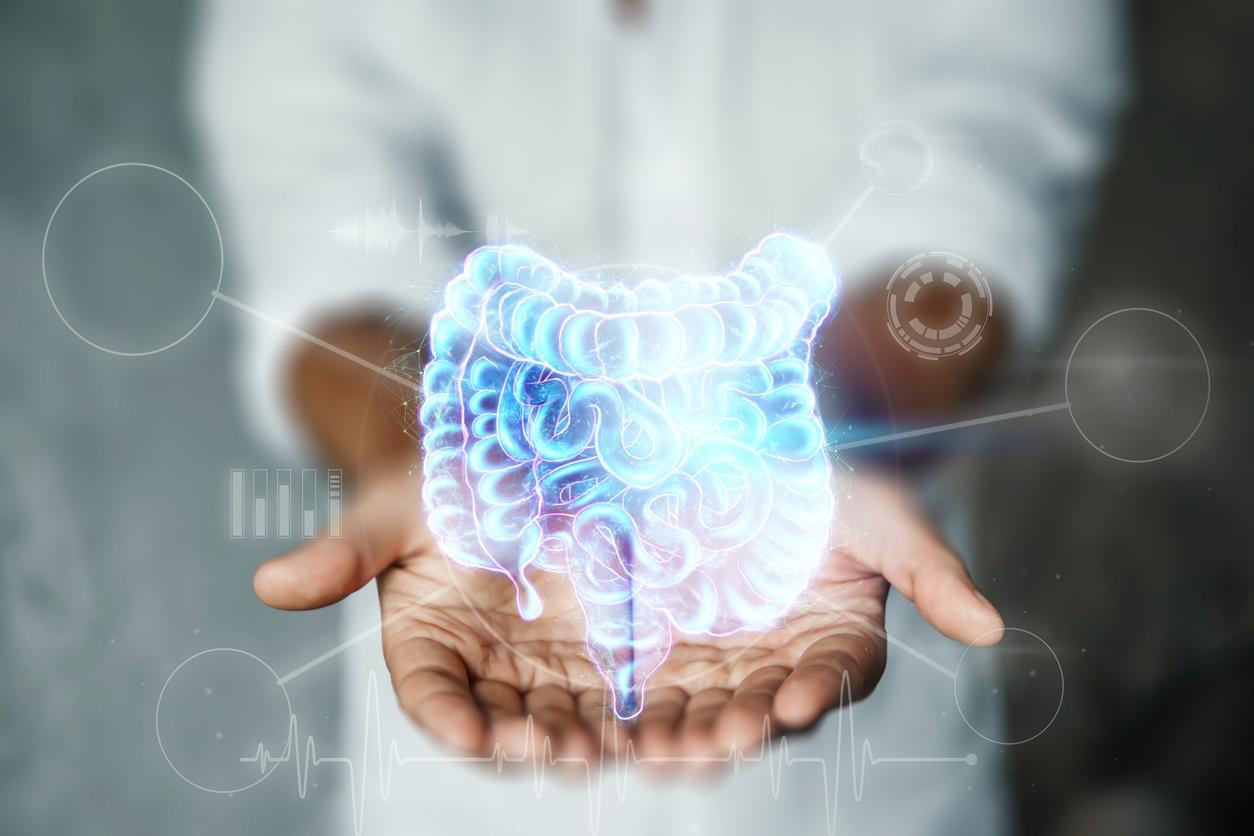Adding acetate to aging stem cells would rejuvenate bones and develop treatments for osteoporosis.

- Proteins called histones, which package and access DNA in cells, may be the trigger for the decline in stem cell function in the bone marrow.
- Acetone increases their access to genes and stimulates their activity in DNA.
- Further research is needed to develop a drug capable of reversing the bone aging process.
German scientists from the Max Planck Institute and the University of Cologne may have found the fountain of youth for aging bone stem cells. According to them, the addition of acetate would reverse the decline in the function of stem cells in the bone marrow, and therefore their aging process, stimulating their activity. They presented their results on September 13 in the journal Nature Aging.
Target epigenetic changes
For older people, aging bones thin, fracture more often, and become more susceptible to diseases like osteoporosis. This is particularly due to the decline in the function of stem cells in the bone marrow.
Scientists first sought to identify what causes a change in stem cell activity. They suspected that changes in proteins called histones, which package and access DNA in cells, could be the trigger for the decline in stem cell function in the bone marrow. So they looked at these epigenetic changes in mesenchymal stem cells that live in the bone marrow and form several cell types, including cartilage, bone, and fat cells.
Stimulate activity in DNA
For the study, the researchers conducted experiments on mice. “We wanted to know why these stem cells produce less material for the development and maintenance of bones as we age, causing more and more fat to accumulate in the bone marrow.says Andromachi Pouikli, lead author of the study. To do this, we compared the epigenome of stem cells from young and old mice.”
To seek to rejuvenate the stem cell epigenome, the scientists treated mouse bone marrow stem cells with a solution containing sodium acetate. These converted acetate into a building block that enzymes in the body could attach to histones allowing them to increase their access to genes and stimulate their activity in DNA.
A rejuvenation of the epigenome
The results showed the effectiveness of the process. “This treatment caused an impressive rejuvenation of the epigenome, improving stem cell activity and leading to higher production of bone cells”, welcomed Andromachi Pouikli.
The researchers then looked at whether humans show the same kind of aging changes as mice. To do this, they used mesenchymal stem cell samples from older patients undergoing hip surgery. Cells from the elderly group also suffer from osteoporosis and show the same epigenetic changes that the researchers found in mice.
Soon an anti-aging bone drug?
Further research is needed to develop an acetate-based anti-aging drug. The researchers note that rejuvenating bone health requires specific stem cell therapies to work. “Sodium acetate is also available as a food additive, however, its use in this form against osteoporosis is not recommended, as our observed effect is very specific to certain cells.concluded Peter Tessarz, the head of the study. However, there are already first experiences with stem cell therapies for osteoporosis. Such an acetate treatment could also work in such a case. However, we still need to further study the effects on the whole organism in order to rule out possible risks and side effects..”

.

















